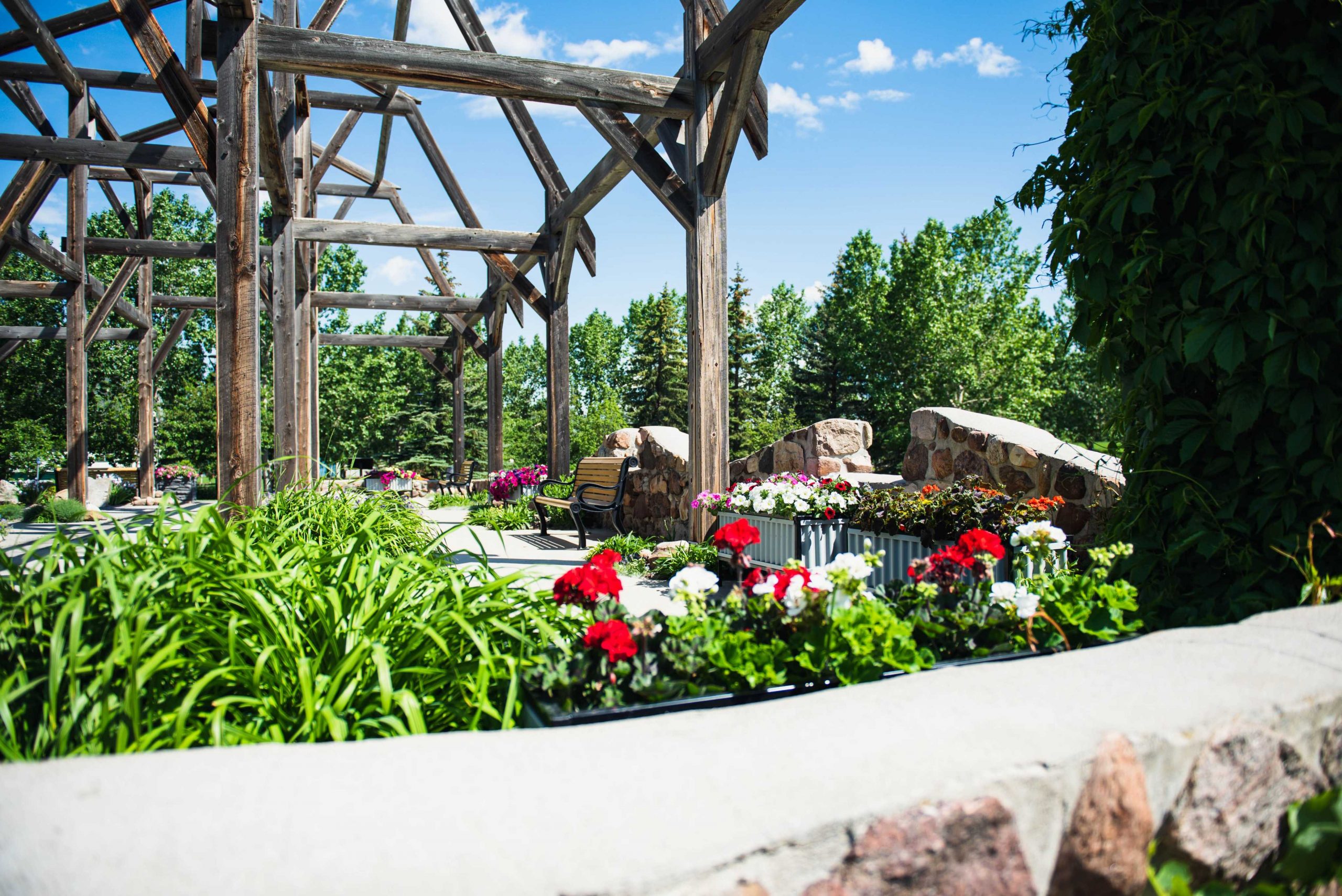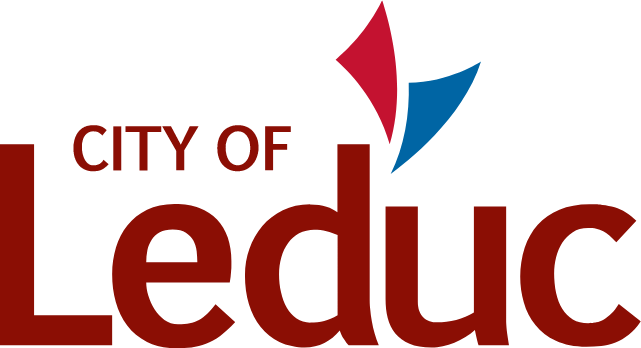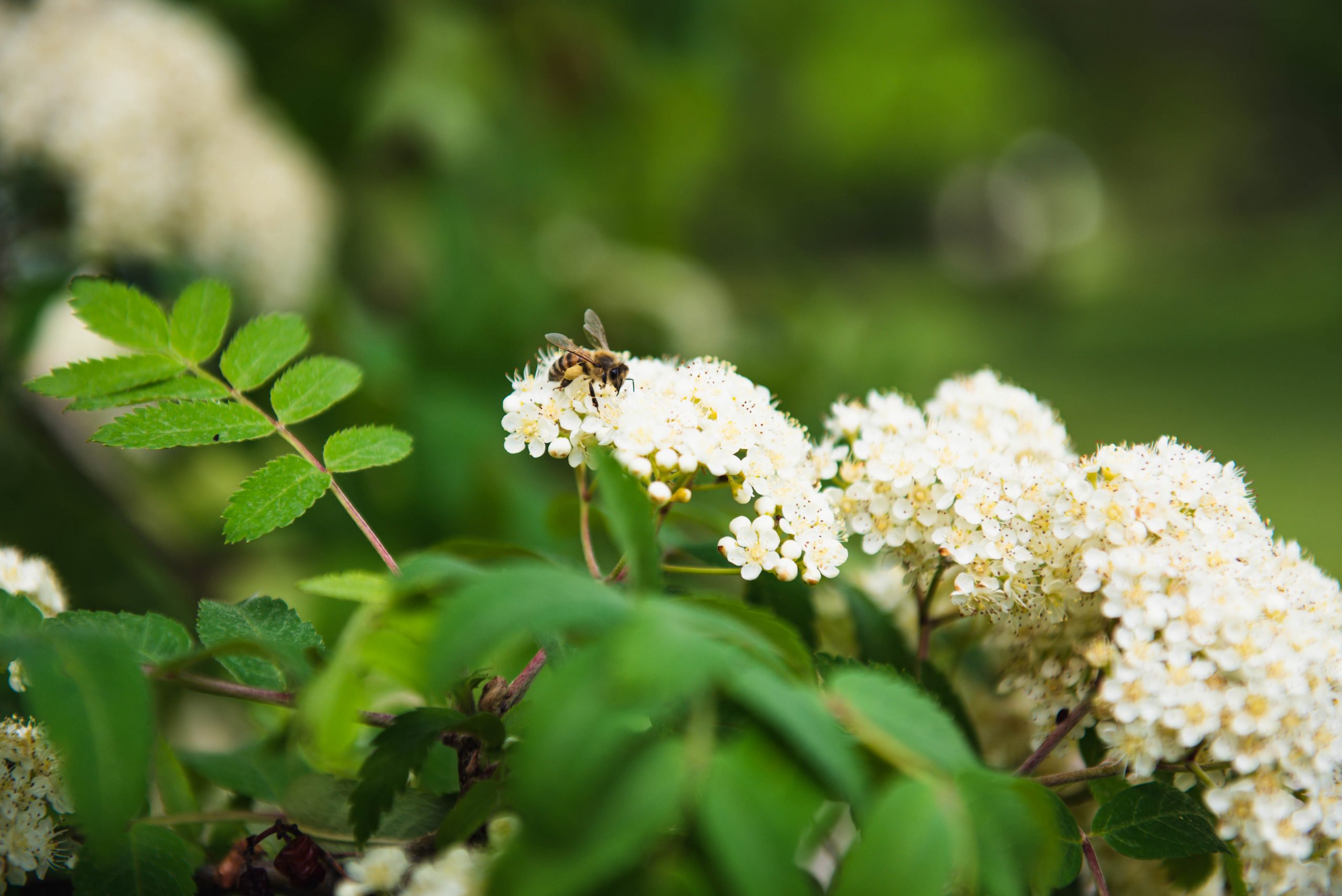Pollinators, such as bees, butterflies, moths and hummingbirds are an important part of Leduc’s ecosystem. Creating gardens and landscapes that provide food, water and safe shelter for pollinators can help ensure their populations flourish and enhance natural plant biodiversity. It will also assist nearby farms produce food for us and animals alike.
Video by Environment and Climate Change Canada on how to create your own pollinator garden.
What to Plant
Native plants are often the best option, but old-fashioned or heirloom non-native varieties of plants and herbs can also be quite beneficial. Residents are encouraged to speak with a local greenhouse to learn about which plants and trees will thrive in the area. It’s also important to ask about which invasive and noxious species to avoid planting as some ornamental plants can negatively impact our ecosystem and become a backyard nuisance. Other pollinator garden suggestions are listed below.
- Chives
- Clarkia
- Clover
- Dianthus
- Larkspur
- Lupine
- Osteospermum
- Pea
- Poppy
- Alyssum
- Viola
- Bachelor’s Button
- Basil Black-eyed Susan
- Gaillardia
- Asclepias
- Calendula
- Echinacea
- Cosmos
- Feverfew
- Foxglove
- Hollyhock
- Monarda
- Squash
- Pumpkin
- Thyme
- Coreopsis
- Yarrow
- Verbena
- Petunia
- Nasturtium
- Nicotiana
- Snapdragon
- Asters
- Canada Goldenrod
- Cleome
- Marigold
- Sage
- Scabiosa
- Sunflower
- Zinnia
Black-eyed Susan: This prairie stunner has bright yellow leaves and dark centres. It is also a preferred nectar source of the Poweshiek skipperling, an endangered tall grass prairie butterfly.
Wood Lily: Eye-catching orange blooms are a favourite of hummingbirds. Don’t dig them out from the roadside – go find a reputable native plan greenhouse.
Wild Bergamot: Pretty purple flowers with an amazing scent (and the leaves smell great, too). Bergamot is an all-around good source of nectar for bees, butterflies and hummingbirds.
Canada Goldenrod: A late summer bloomer that is a favourite of bees in local gardens. Goldenrod can also attract native aphids, which bring a variety of other beneficial insects to eat them, including ladybugs.
Speedwell: This gard version is native to Europe. When they are in bloom, they are covered with bees all day long. When using non-native old-fashioned plants in your garden, make sure they are not invasive in your area.
Aster Family: Bees and butterflies alike love these plants!
Milkweed Family: These flowers are frequented by butterflies and are very pretty. Low milkweed is a variety common to the Edmonton area.
Sunflowers: They come in a huge variety of sizes and colours. A favourite is the prairie sunflower.
Cherry Trees: These are a great early season nectar source for bees. A flowering cherry tree in your yard can attract hundreds of bees at a time!
Pollinator Garden Challenge
You’re invited to take part in this year’s pollinator challenge and be entered to win a prize.
To participate, simply:
- Register your garden using the form below
- Devote some space in your yard or garden to protecting and nurturing our local pollinators
- Submit a photo by Aug. 31 to [email protected]


